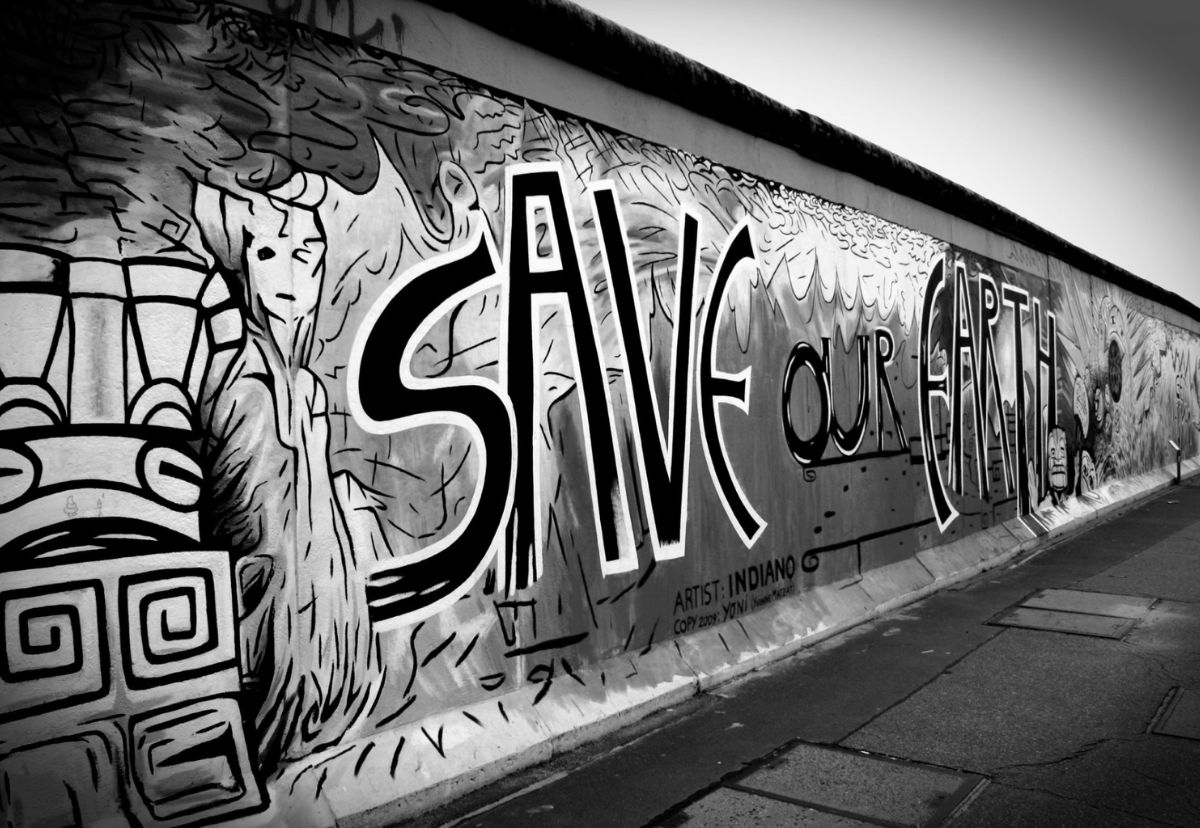It is April, 1949, in West Berlin. Western Allied soldiers walk the streets, there are military checkpoints to get in or out of the city, and the Berlin Airlift is at its peak. Every 45 seconds, the roar of a U.S. Air Force Douglas C-54 Skymaster is heard flying over apartments. Food, coal, diesel, and petrol is being delivered to the city by U.S. and U.K. pilots. The 2.5 million residents of West Berlin will survive another day.
The Blockade Begins
Following World War II, Germany was split between the Allied powers. Berlin was in the Soviet occupation zone, but the city itself was split into Soviet controlled East Berlin and Western Allied controlled West Berlin. On June 24, 1948, Soviet forces blockaded rail, road, and water access to Allied-controlled areas of Berlin. The supply chain for food and coal for electricity was cut off. It was estimated that West Berlin had food to last 36 days and only 45 days worth of coal. Something had to be done fast if the Allies wanted to sustain the population.
The Berlin Airlift
U.S. General Lucius D. Clay suggested an Allied airlift operation to supply West Berliners. And just two days later, on June 26, 1948, the United States launched “Operation Vittles.” The United Kingdom joined the effort with “Operation Plainfare” on June 28th. This was the beginning of The Berlin Airlift.
Incredible Facts About The Berlin Airlift:
- In the beginning, the goal was to bring in 3,475 tons of supplies every day. However, it took time to ramp up to that goal. In the first week of the airlift, 90 tons of supplies were delivered every day. By the second week, 1,000 tons were delivered daily. By the spring of 1949, that original goal was smashed because 12,941 tons of supplies were being delivered daily.
- To save time, many flights didn’t even land. They would air drop supplies into the airfields using parachutes.
- The flights that landed flew out of West Berlin with manufactured goods.
- American C-47 and C-54 aircraft flew over 92,000,000 miles. That’s only a million miles short of the average distance to the sun!
- Operation Little Vittles: On July 17, 1948, U.S. pilot Lieutenant Gail “The Candy Bomber” Halvorsen flew to Tempelhof Airport on his day off. He offered his only two sticks of Wrigley’s Doublemint Gum to a crowd of children at the end of the runway. He promised that when he returned, he would bring more. When asked how the children would know it was him, he replied, “I’ll wiggle my wings.” The next day when flying into Tempelhof, he rocked his wings and dropped chocolate bars attached to handkerchief parachutes to the children waiting below. Soon after, mail arrived at the base addressed to “Uncle Wiggly Wings,” “The Chocolate Uncle,” and “The Chocolate Flier.” Maj. Gen. William H Tunner, who was in command of the airlift, expanded the effort into “Operation Little Vittles.” Other pilots started dropping candy, children in the U.S. sent candy to help, and major candy manufacturers joined in, too. German children called the aircraft “raisin bombers” or “candy bombers.” Over 23 tons of candy were dropped using more than 250,000 parachutes.
- Throughout the operation, a total of 2,334,374 tons of supplies were delivered to West Berlin. The U.S. Air Force delivered 1,783,573 tons and the RAF delivered 541,937 tons.
On May 12, 1949, the blockade was lifted. Supply convoys were allowed to resume on the ground through the Soviet controlled sector. The airlift continued until September 30, 1949, out of fear that the blockade could be reinstated. The Berlin Airlift successfully sustained West Berlin for 15 straight months.
The Cost
The operation was a success, but everything has a cost. Over the course of the operation, 17 American and 8 British aircraft crashed. Sadly, there were 101 fatalities associated with The Berlin Airlift, mostly due to non-flying accidents. That included 31 Americans and 40 Britons who lost their lives to help save West Berlin.
What Can We Learn?
Supply chains can be shaken by events out of our control. The Soviet blockade in 1948 stopped the supply chain of food and supplies into West Berlin. A global pandemic and some bad driving in the Suez Canal caused the global supply chain to faulter, and for a couple weeks we didn’t even have toilet paper on shelves at the store.
Fortunately, humans and industry take on challenges and find solutions. In the aftermath of COVID-19, companies around the world are re-building their supply chains to be more resilient. Many U.S. companies are bringing their critical manufacturing infrastructure closer to home. There is a growing need for skilled trades people in all industries.
At FlexTrades, we do our best to live up to amazing examples of urgent problem solving, like the Western Allies throughout The Berlin Airlift. We work with companies across the country to solve their manufacturing headaches and employ hundreds of the most skilled and professional trades people in every discipline. Check out www.flextrades.com to learn more about what we can do for your company or for your career.
There were too many amazing stories, characters, and facts to include in one blog. Read more about the Berlin Airlift in these websites I used while researching this topic:
- https://en.wikipedia.org/wiki/Raisin_Bombers – my personal favorite!
- https://history.state.gov/milestones/1945-1952/berlin-airlift
- https://www.cvce.eu/en/education/unit-content/-/unit/55c09dcc-a9f2-45e9-b240-eaef64452cae/43750634-b7c4-47a8-ba6c-f46e632f3d5d
- https://www.history.com/this-day-in-history/berlin-blockade-lifted
- https://en.wikipedia.org/wiki/Berlin_Blockade








